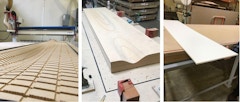
Solid Surface Material for Facades
Navigating the building code, while challenging in any respect, can be even trickier when considering the use of emerging materials on building

Navigating the building code, while challenging in any respect, can be even trickier when considering the use of emerging materials on building

Buildings have a considerable impact on the environment, and it is crucial to consider environmental and energy performance in building design.
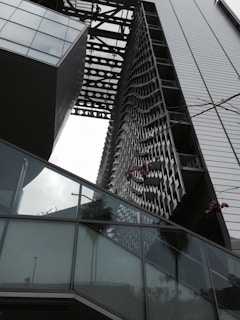
This abstract proposes that architectural facade design over the last 60 years has convulsed in light of two disruptions: air spaces which create
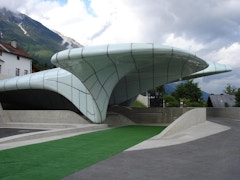
Architecture has traditionally celebrated the joining of two building components or materials. Joinery serves as a key site for architectural
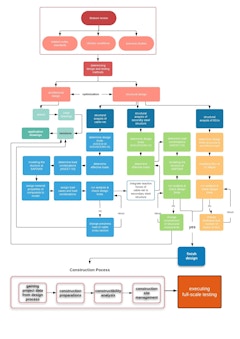
Flat cable-net facades are form-active structures which provide maximum transparency by means of point fixing components, tensioned cables, and
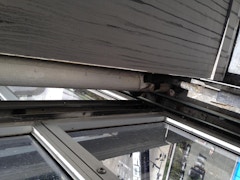
Mies van der Rohe’s concurrently designed projects for Commonwealth Promenade Apartments (1953-1956) and the Esplanade Apartments (1953-1957), saw

3.5 billion years ago, cyanobacteria created the foundation for life on Earth by producing the oxygen basis for our atmosphere. Should we once again
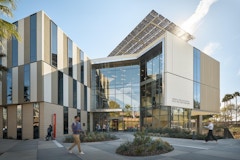
Photovoltaics (PV) have been utilized in buildings for decades, especially in Europe where legislative support has largely driven the market. With

Kintsukuroi, the Japanese art of repairing broken pottery with powdered precious metal, is a practice of celebrating the life and history of an

Closed cavity facades (CCF), a configuration of Double Skin Facade (DSF), consists of a double-glazed unit on the inner layer and single glazing on

Providing a unique and integral cladding/envelope solution suited for high-rise buildings has been an inherent challenge for this building typology
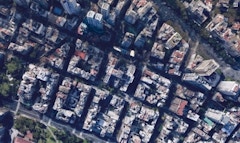
This paper explores the architectural shape optimization of typical housing typologies: slab and high-rise residential buildings to reduce primary

The Facade Tectonics Institute (FTI) hosted its fifth 2019 Regional Forum in the Material Matters series at Rice University. FTI is widely recognized for producing the leading technical events focused on buildings and urban habitat through the lens of the building skin.
The Facade Tectonics Institute (FTI) is pleased to announce the organization hosted its fourth Regional Forum, Material Matters at the University of Washington
The Facade Tectonics Institute (FTI) is a premier member organization for building industry professionals, academic, government, and nonprofit organizations and institutions focusing on healthy and livable communities. FTI recently hosted a sold-out Forum at University of Toronto
The Facade Tectonics Institute (FTI) hosted the second event of its 2019 Regional Forum Series Phase Change at the University of Minnesota Twin Cities
The Facade Tectonics Institute (FTI) hosted the first of its 2019 Regional Forum Series, Material Matters, at the University of Miami School of Architecture of

As the building stock ages around the country and the consequences of design and/or construction that are deficient or lack resiliency become

California is set to be drier and more drought prone with climate change. Wildfire and the subsequent loss of life and housing is a huge challenge.
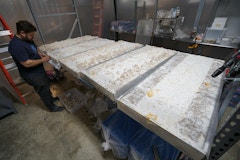
Today's sustainability in architecture takes into consideration the complete life cycle of buildings and their components, from resource harvesting